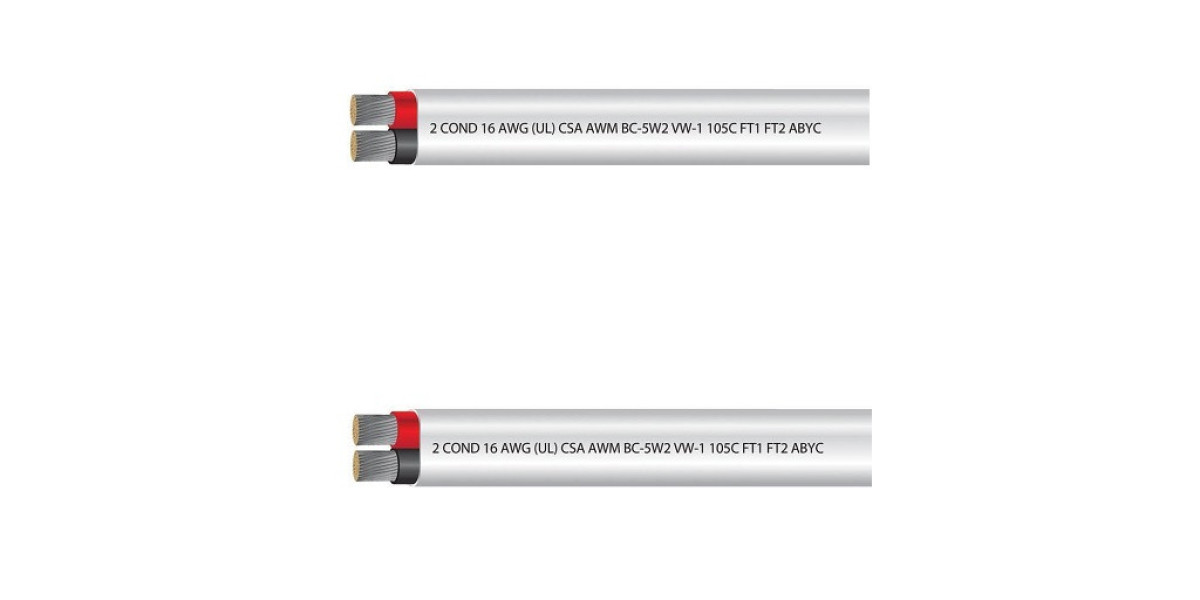Marine battery cables are crucial for the proper functioning of boats and ships. They are responsible for transmitting power from the battery to various components like lights, engines, and navigation equipment.
To guarantee the ship's safety and performance, it's crucial to comprehend the science behind these cables. In this article, we will explore the relationship between wire size, resistance, and overall performance of AWG marine battery cables.
Introduction
Marine battery cables are made of copper or tinned copper wire and are usually measured in American Wire Gauge (AWG).
The resistance of the wire increases as the wire size decreases. This means that undersized cables can lead to voltage drops, overheating, and even fire hazards.
Wire Size and Resistance
The size of cables used to transfer power and information is critical as electrical systems become more complicated. The greatest current a wire can safely carry depends on its round mil cross-sectional area.
In other words, a circular mil is the same as the area of a circle whose center is one mil in diameter. So, choosing the right wire size is essential for a safe and effective electrical system.
For example, a 2/0 AWG cable has a cross-sectional area of 67,430 circular mils and an ampacity of 200 amps.
A 4 AWG cable, on the other hand, has a cross-sectional area of 21,110 circular mils and an ampacity of 85 amps. The larger cable can carry more current because it has less resistance than the smaller cable.
Resistance and Voltage Drop
Resistance is the opposition to the flow of current through a wire. As the resistance of a wire increases, the voltage drop across it also increases.
Voltage drop is the loss of voltage that occurs as current flows through a wire. Resistance is expressed in ohms and increases with wire length while decreasing with the cross-sectional area.
The higher the voltage drop, the lower the voltage available to the component being powered. This can lead to dimming lights, slow motors, and other performance issues.
Undersized Cables and Fire Hazards
Using undersized cables can lead to voltage drops and other performance issues. It can also create a fire hazard.
When current flows through a wire, it generates heat. The heat is dissipated through the wire's insulation and into the surrounding air.
If the wire is too thin, the insulation could melt or burn, starting a fire.
Avoiding Common Pitfalls
To avoid common pitfalls when using marine battery cables, it is important to choose the right size wire for the application. This can be determined by calculating the ampacity of the wire needed for the maximum current draw of the system.
It is also important to use quality cables that are designed for marine environments. Marine battery cables are exposed to saltwater, extreme temperatures, and other harsh conditions, and using cables that are not designed for these environments can lead to premature failure.
Conclusion
In conclusion, the size and resistance of AWG marine battery cables have a direct impact on their performance. Choosing the right size wire for the application and using quality cables designed for marine environments can help ensure the safety and performance of the vessel.
If you are in the market for quality AWG marine battery cables, look no further than EWCSwire.com. The company stocks a large inventory of marine cables in a variety of gauges and lengths to fulfill the demands of ship and boat owners.
Their cables are designed to withstand the harsh marine environment, with superior insulation and resistance to saltwater and extreme temperatures.
For more information about Belden Fire Alarm Cable and 6 awg wire Please visit: Electrical Wire & Cable Specialists.



